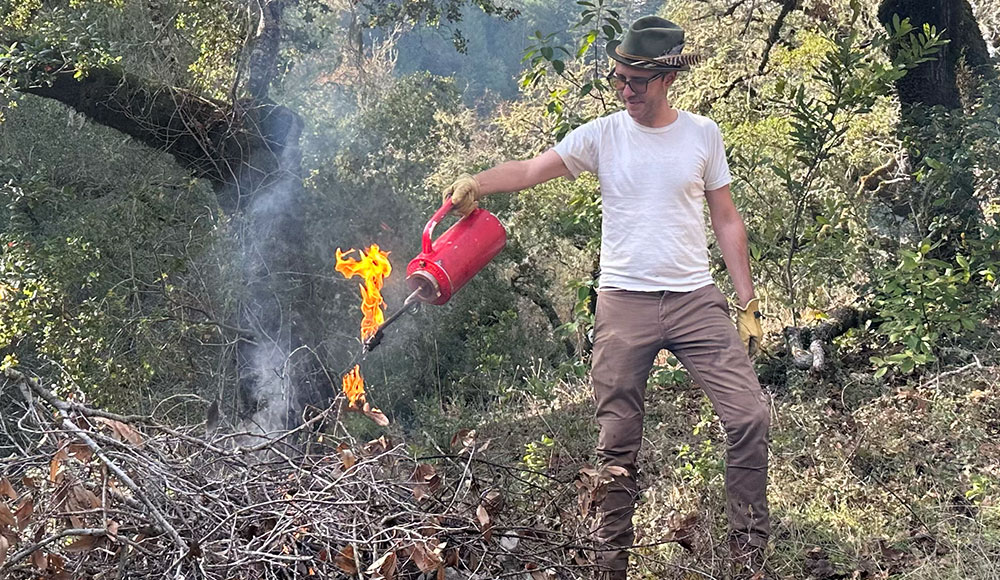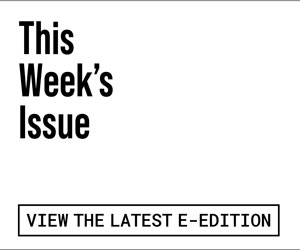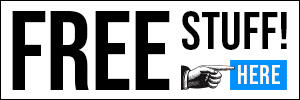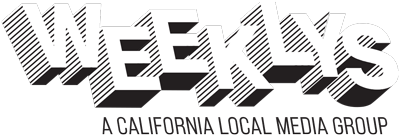When wildfires threaten California communities, a viral lifeline has emerged: the Watch Duty app, which is setting the gold standard for wildfire awareness. Founder John Clarke Mills created his nonprofit company to address a glaring gap in emergency preparedness.
Mills is no stranger to solving complex problems. Working with Silicon Valley startups, he has made a career of building technology that simplifies life for underserved markets. But Watch Duty stands apart, born not from the boardroom but from the urgency of living off the grid in Sonoma County, where wildfires are a seasonal reality.
“I experienced a bunch of fires where there was just no reliable information,” Mills recalls. “Some fires are so small they’re handled quickly, but you’re still left wondering: ‘What’s going on near my house? Should I pack to evacuate or not?’”
Frustrated by the lack of clear communication, Mills decided to take action. “After being evacuated for seven days during one fire, I spent all night listening to emergency radios, trying to figure out how the system worked. I realized no one was addressing this in a meaningful way.”
For Mills, the turning point came after the 2020 LNU Lightning Complex fires, which burned 192,000 acres in 2020—the same year the CZU fires devastated over 80,000 acres in Santa Cruz County.
“I discovered people on Facebook and Twitter who were themselves listening to emergency radio traffic and posting updates. They were doing incredible work, but it was fragmented.” Mills’ innovation wasn’t in creating new software but in organizing these citizen reporters into a cohesive network. “I put them in a Slack community where they could collaborate, and the app became the interface for sharing their work with the world.”
At its core, Watch Duty is powered by first-responder radio traffic. “The magic isn’t in the software,” Mills explains. “It’s in the people—volunteers who monitor and relay critical information in real time. Our role is to amplify their efforts and make the data accessible to everyone.”
Despite Watch Duty’s success, Mills is quick to point out that technology alone won’t solve the wildfire crisis. “We need to harden our homes, prepare for fire, and support prescribed burns. Software can’t save us from this. We need better firefighter pay, more engines, and updated alert systems.”
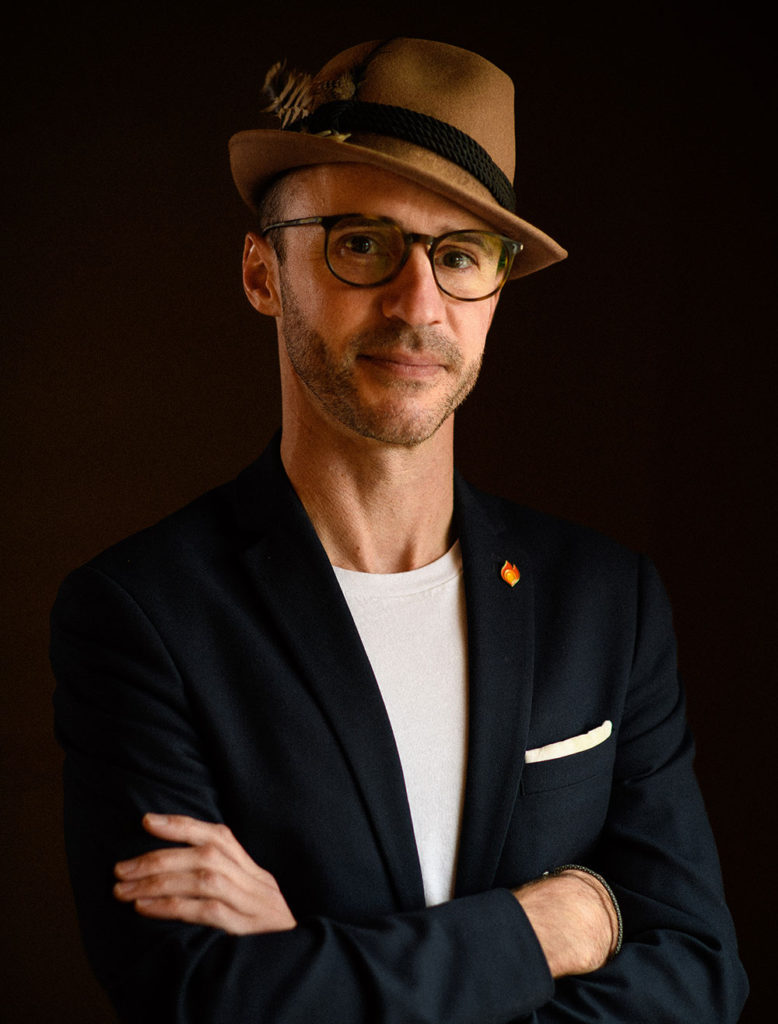

Mills moved from New York to California in his early 20s and spent much of his career in San Francisco before relocating to Sonoma County. He attributes his problem-solving mindset to his childhood. “I spent most of my time building things,” Mills says, but when his dad wasn’t around to supervise his use of power tools, he would work on his computer. “I was always making and destroying things for fun, and that carried through to my work in Silicon Valley.”
Before founding Watch Duty, Mills worked in various industries, including food service technology. “I’ve always been drawn to underserved markets, where people don’t typically get software designed for them. It’s about making technology useful, not cumbersome.”
When asked how Watch Duty stands out from other wildfire apps, Mills’ answer is simple: accuracy and immediacy. “We don’t speculate. We disseminate information directly from professionals. If a first responder says a fire will reach a community in 17 minutes, we relay that information without delay. That’s our commitment to transparency.”
Mills also emphasizes the importance of individual preparedness. “Download Watch Duty. It’s free and takes three minutes. Beyond that, clear brush within five feet of your home, remove larger trees within 20 feet, and prepare a go-bag. Fire is coming back, and we all need to be ready.”
However, Mills acknowledges the economic realities many face. “Some people can’t afford to rebuild after losing their homes. These aren’t celebrities with vacation properties—they’re second- or third-generation homeowners. It’s heartbreaking, and it highlights the need for systemic change.”
As wildfires become more frequent and intense, Mills’ mission remains clear: to provide timely, reliable information and empower communities to take action. “I’m not a weather scientist, but the data speaks for itself. Fires are happening more often, and they’re more wind-driven. The best we can do is prepare.”
Sitting in his forested Sonoma County home, Mills reflects on the journey that brought him here. “I sold my last company and planned to live off the land, building with my hands. Now I’m working 80-hour weeks again, but it’s worth it because I know this matters. No one else was going to figure this out, so I did.”
With Watch Duty, Mills and his team have created more than just an app; they’ve built a lifeline for communities facing the growing threat of wildfires. As Californians brace for the next fire season, Mills’ work serves as a powerful reminder: when technology meets community, it can save lives.
